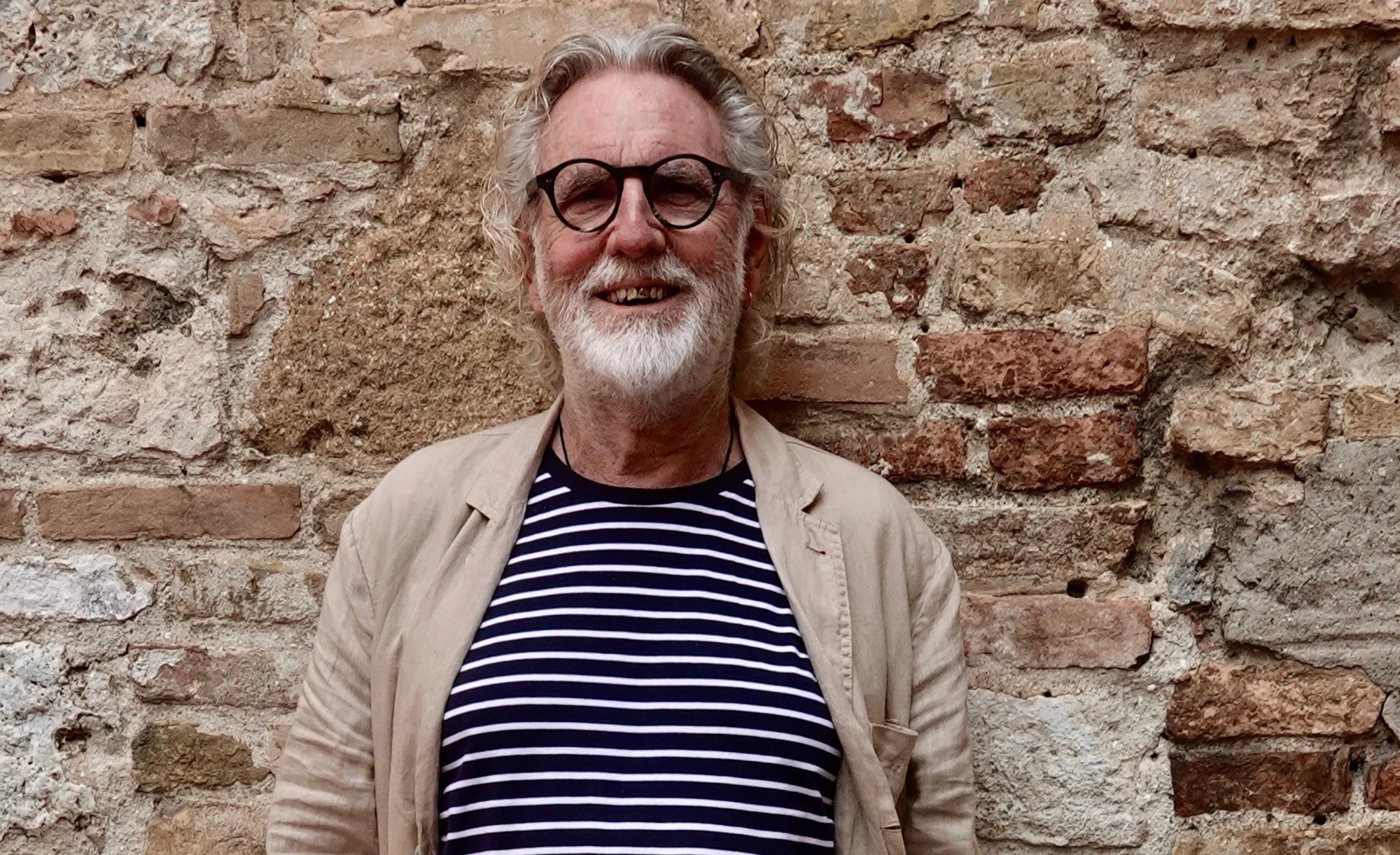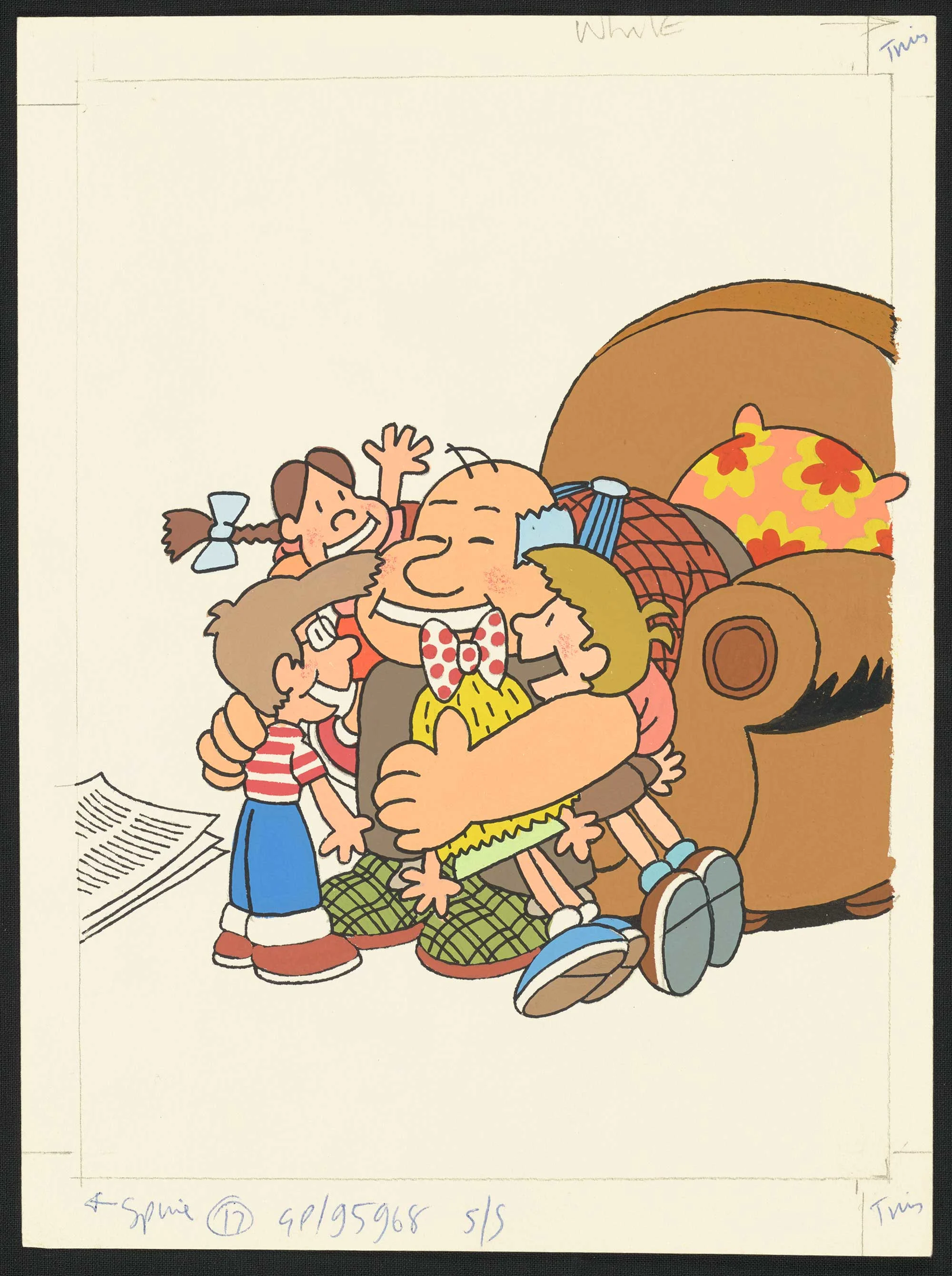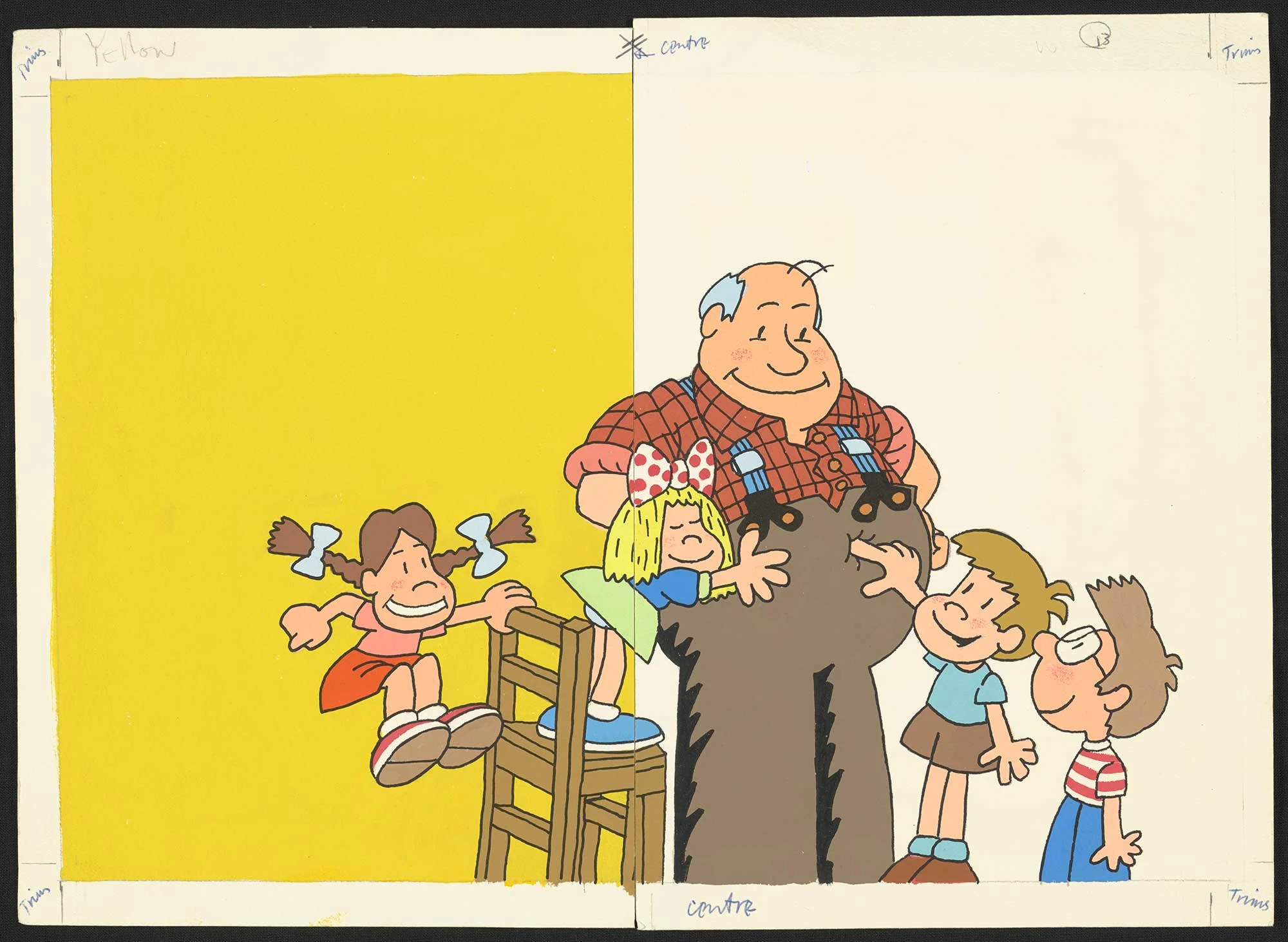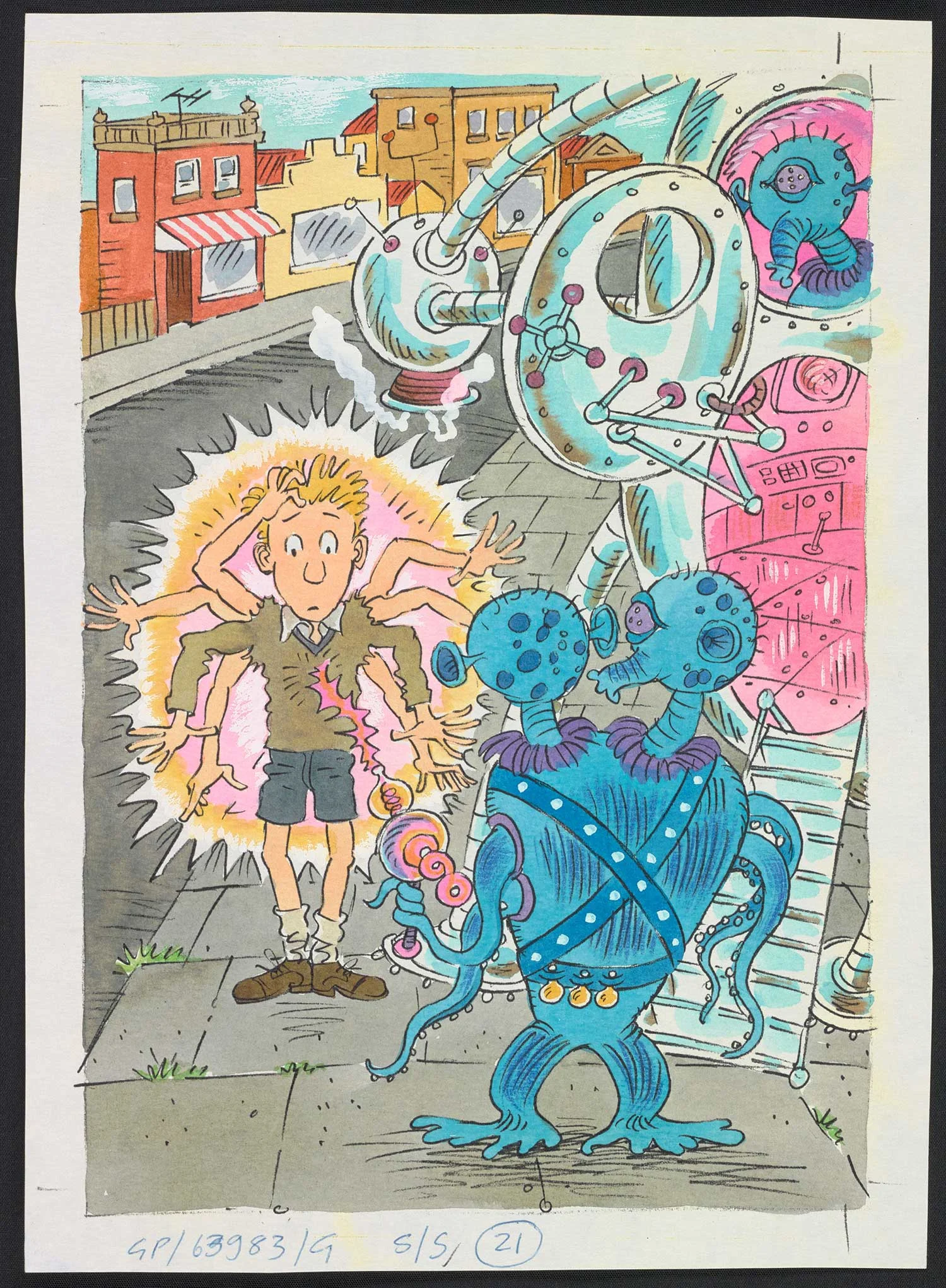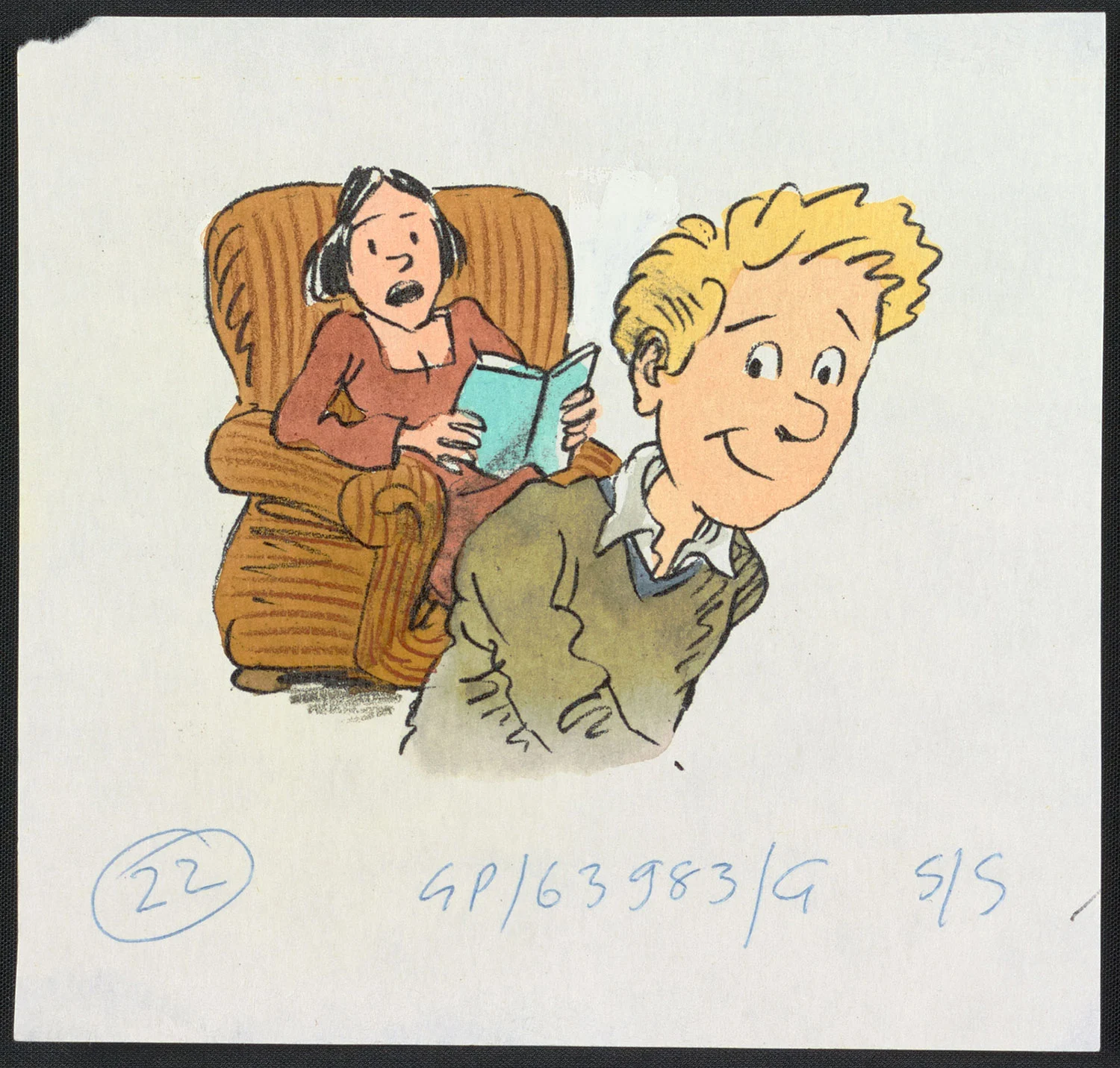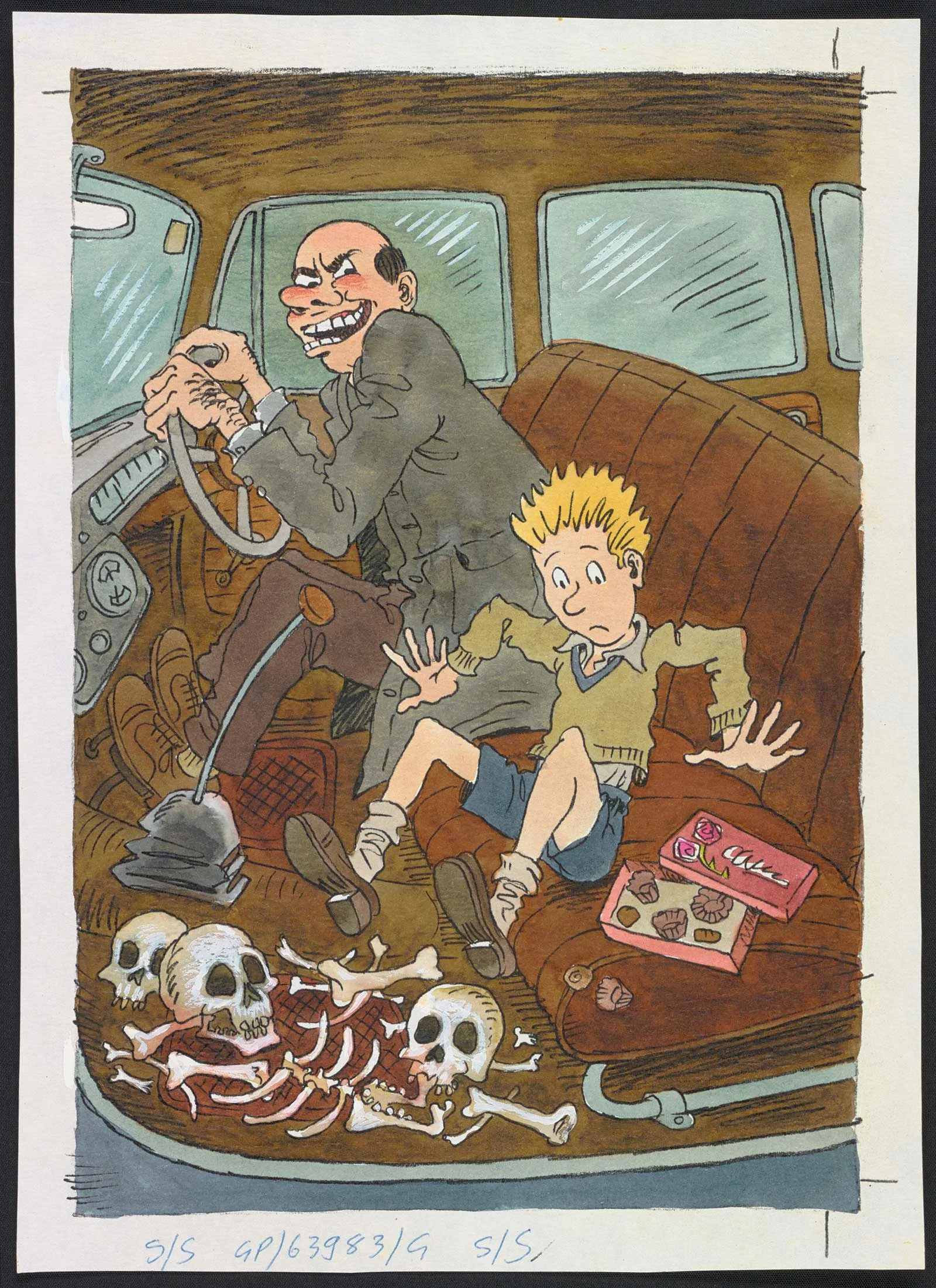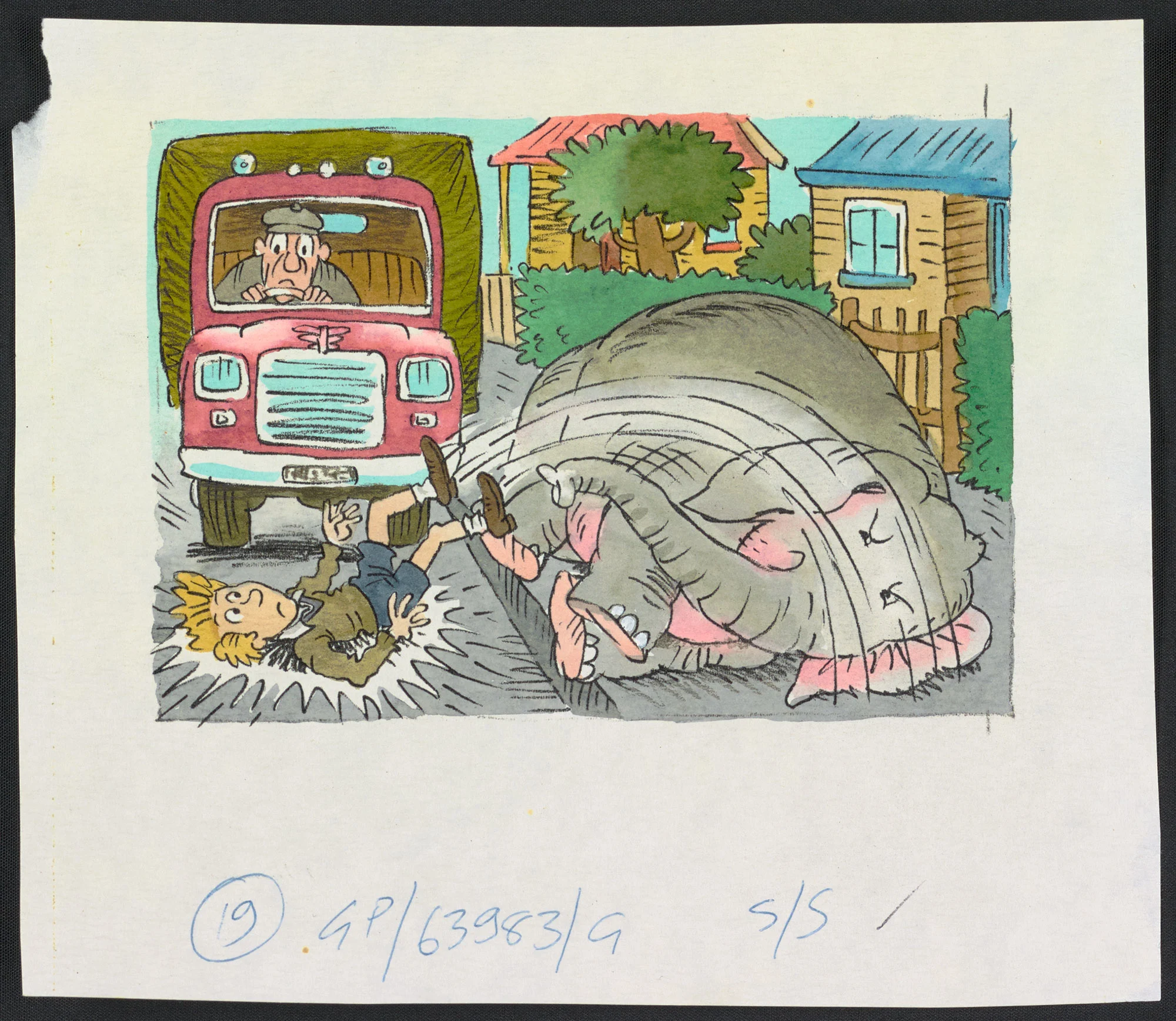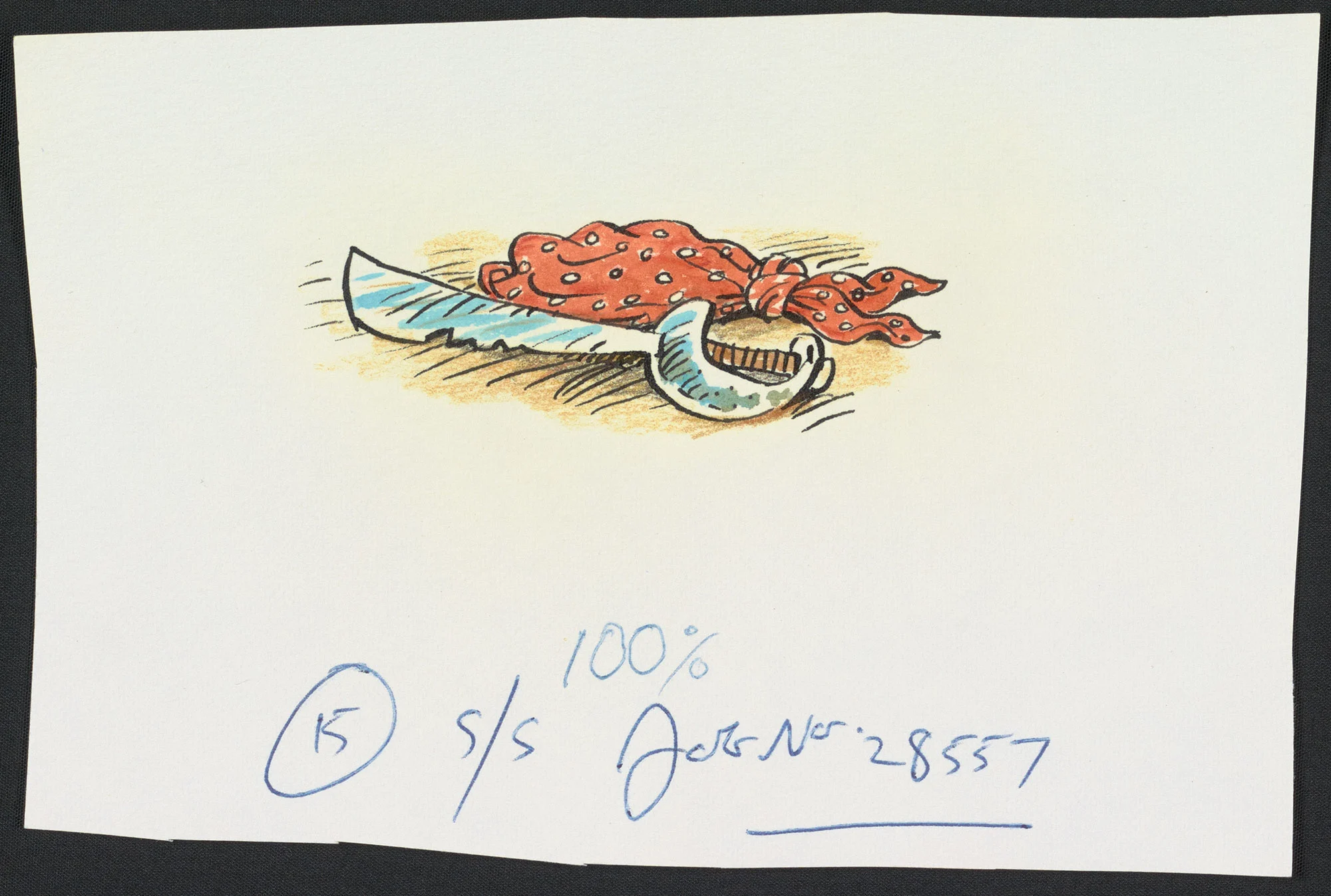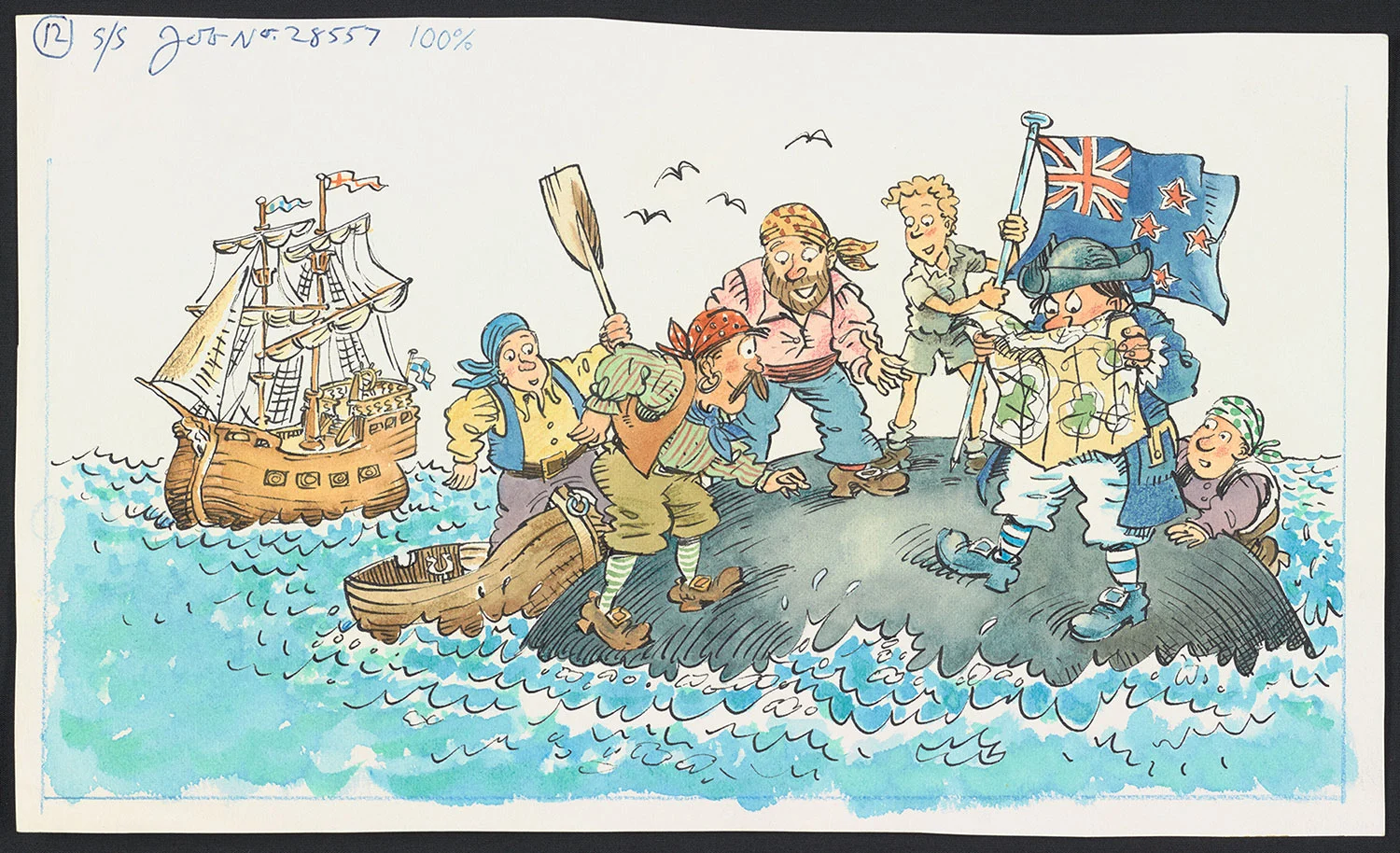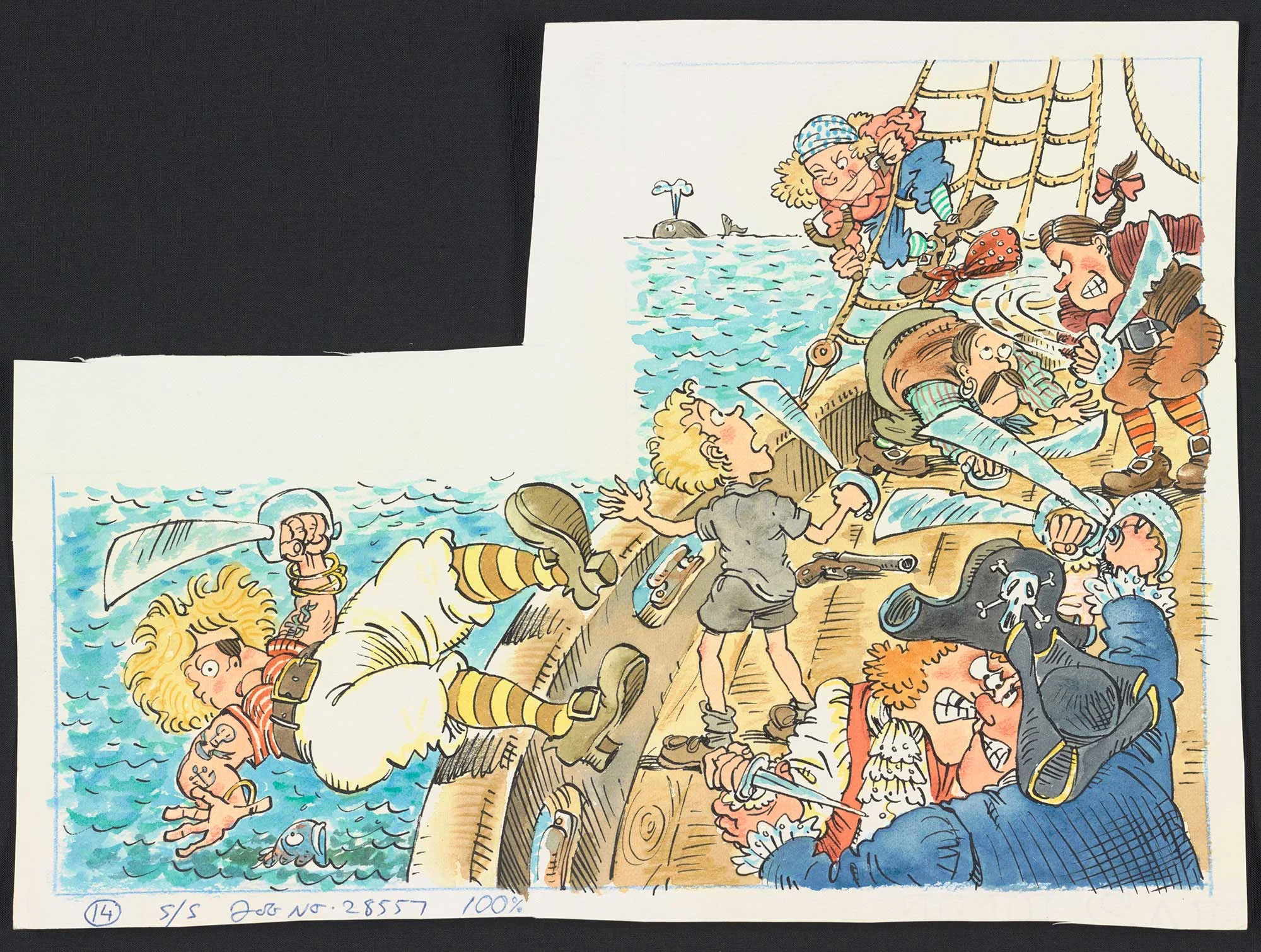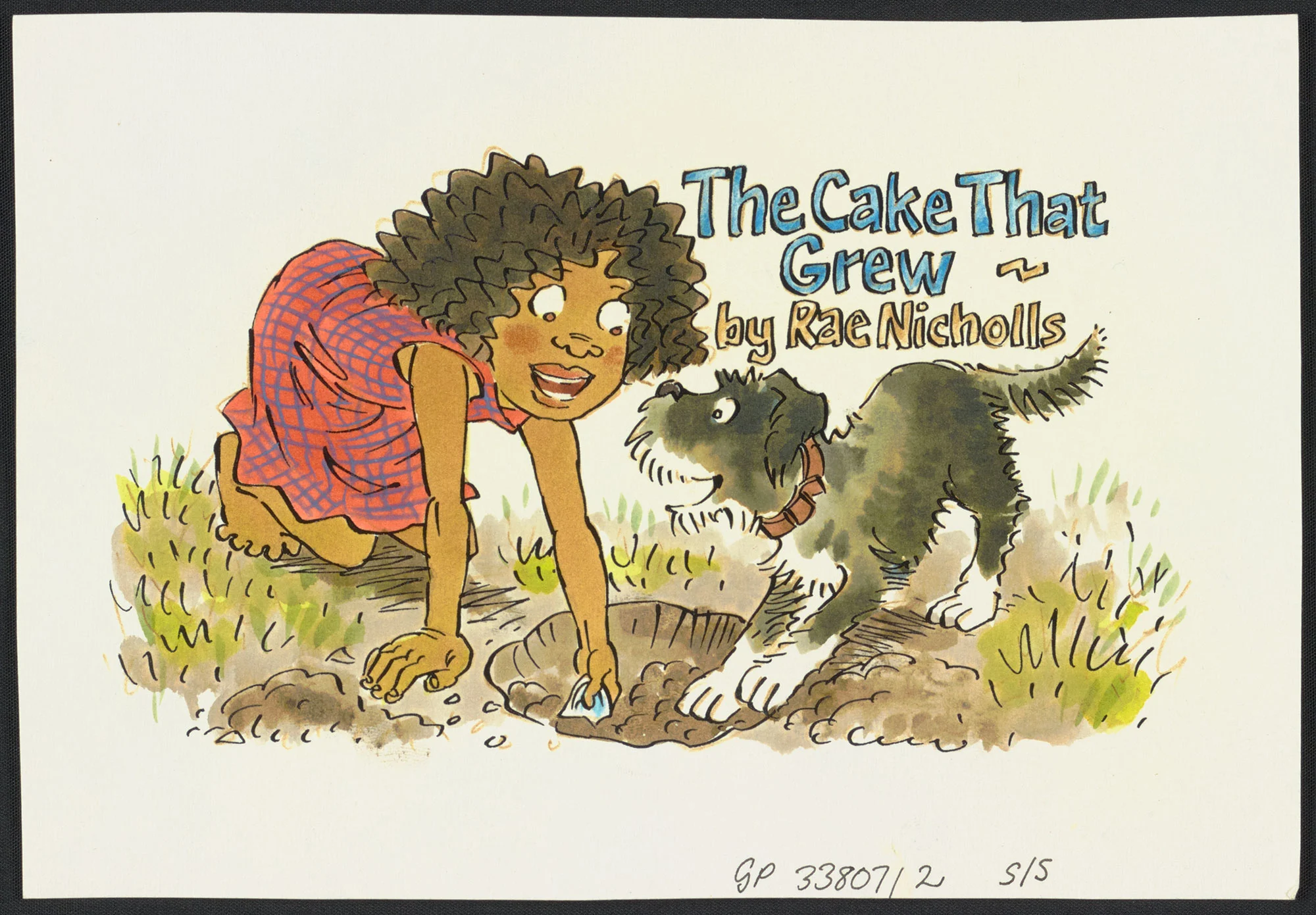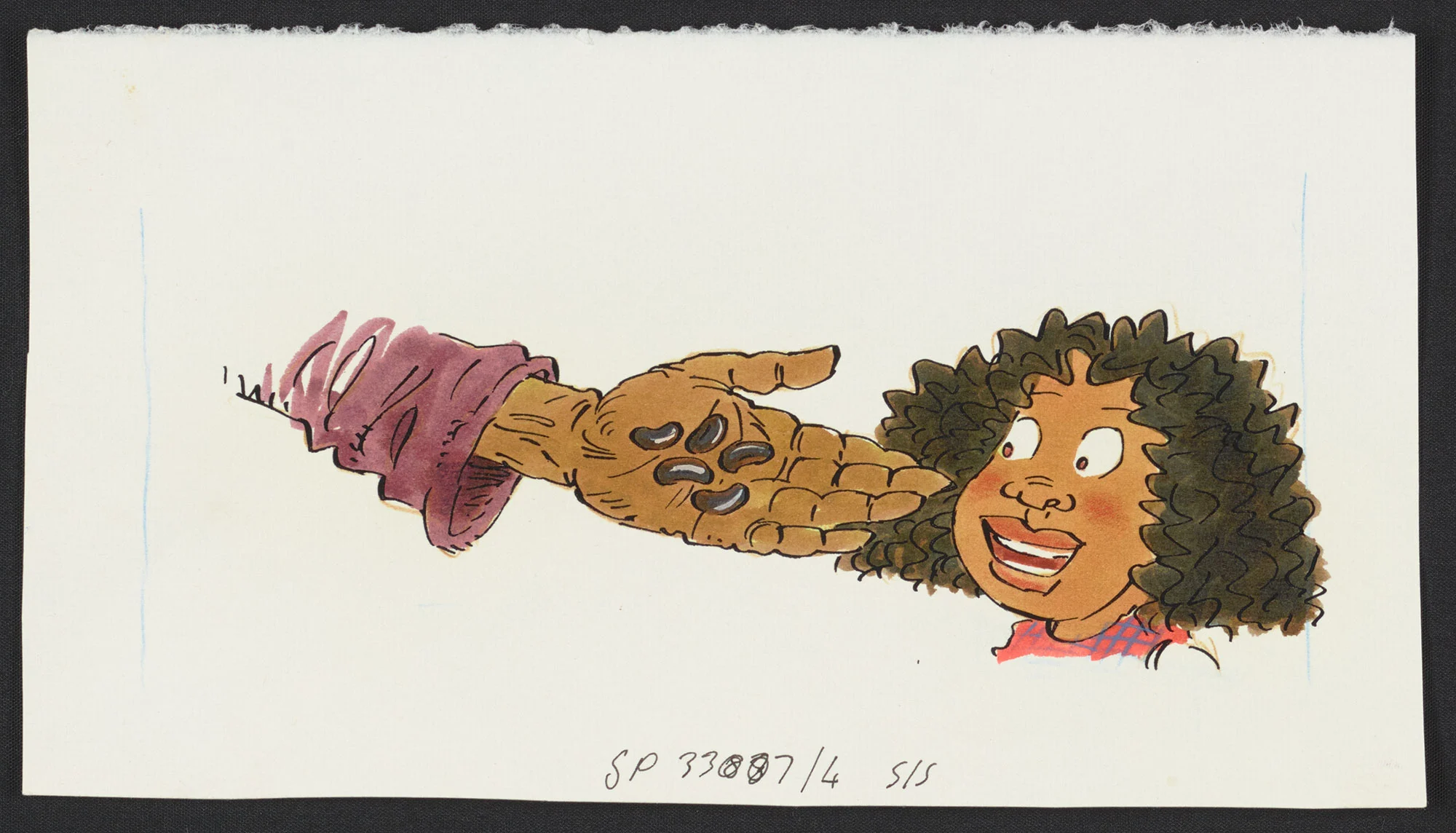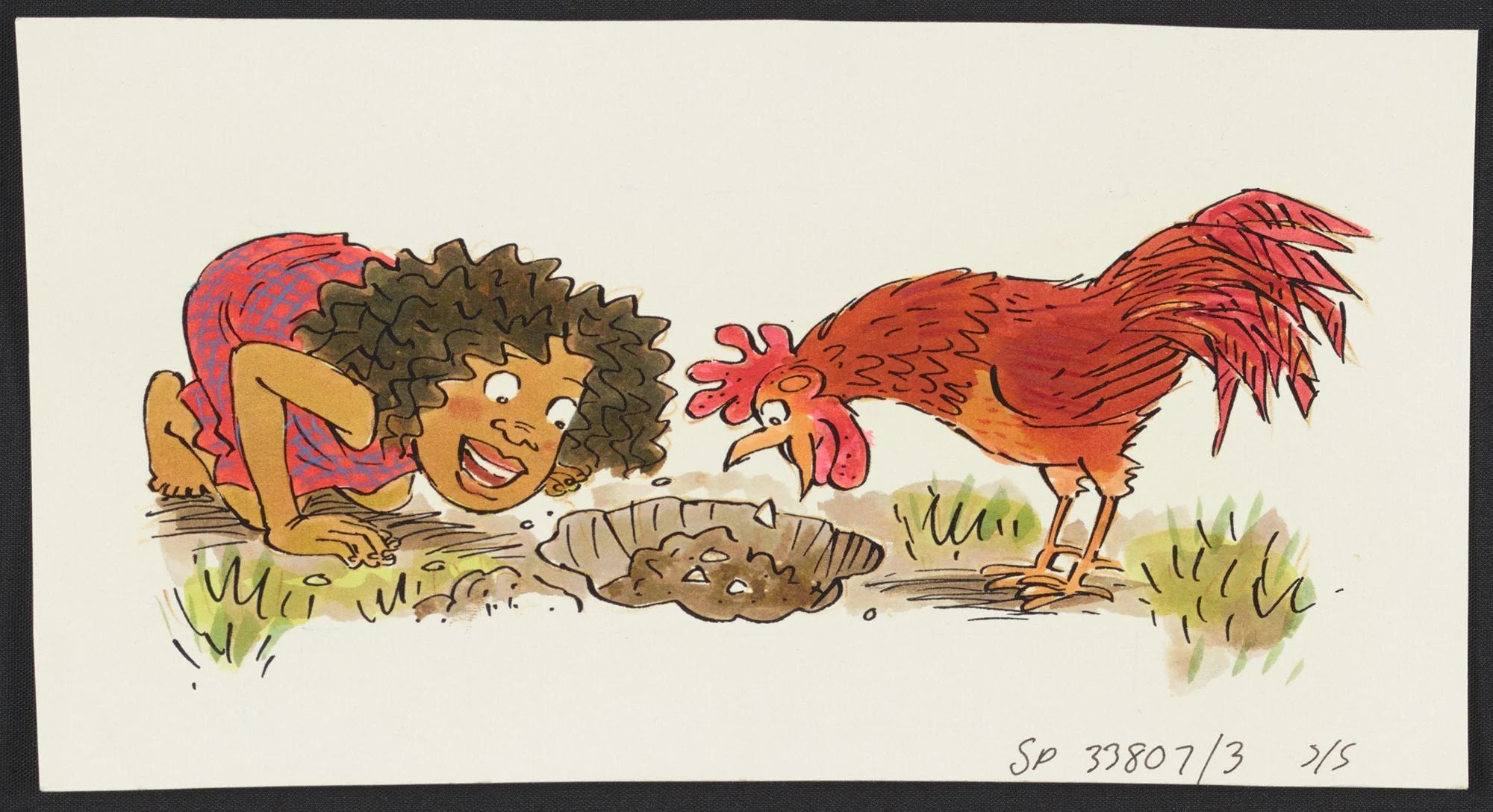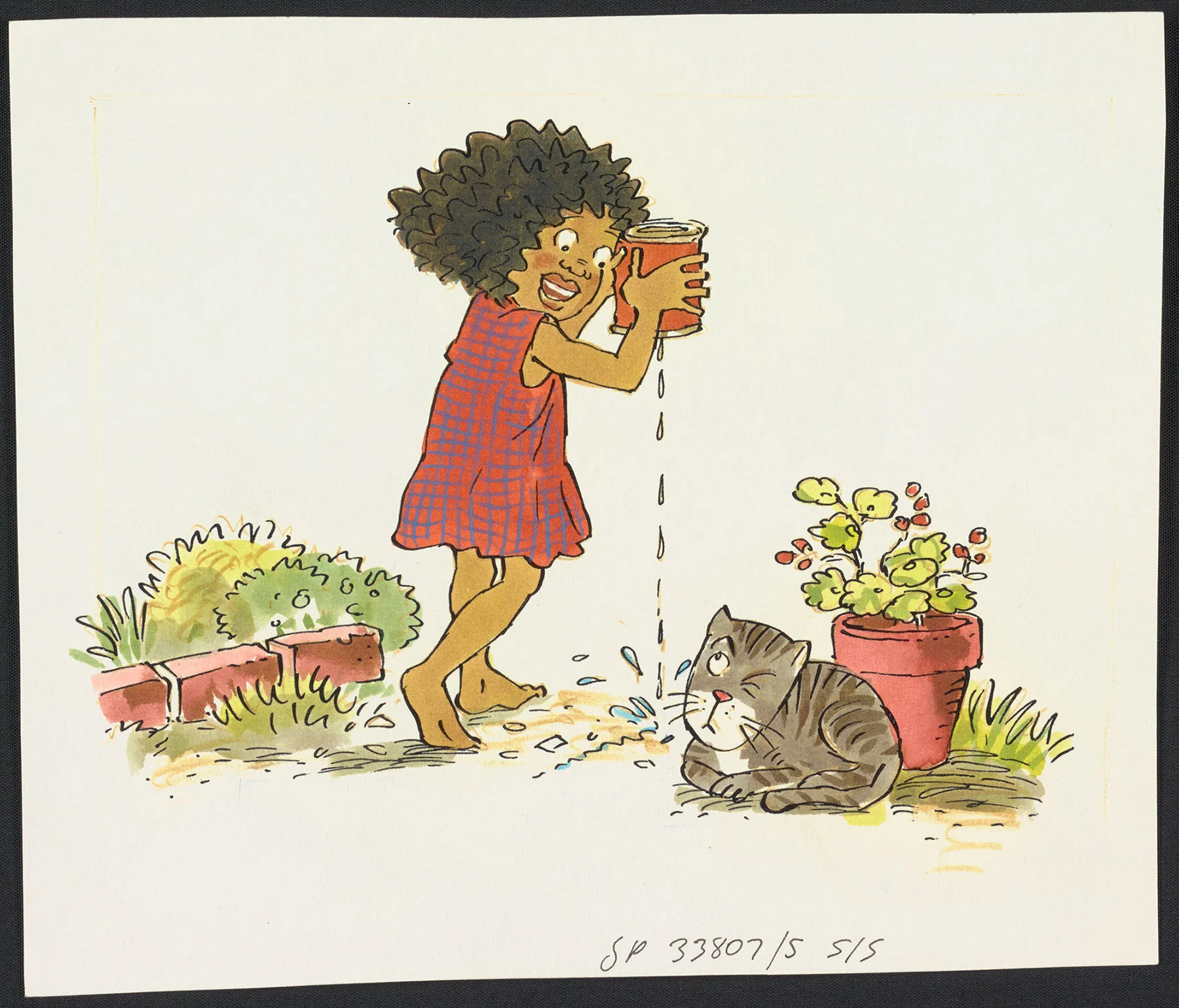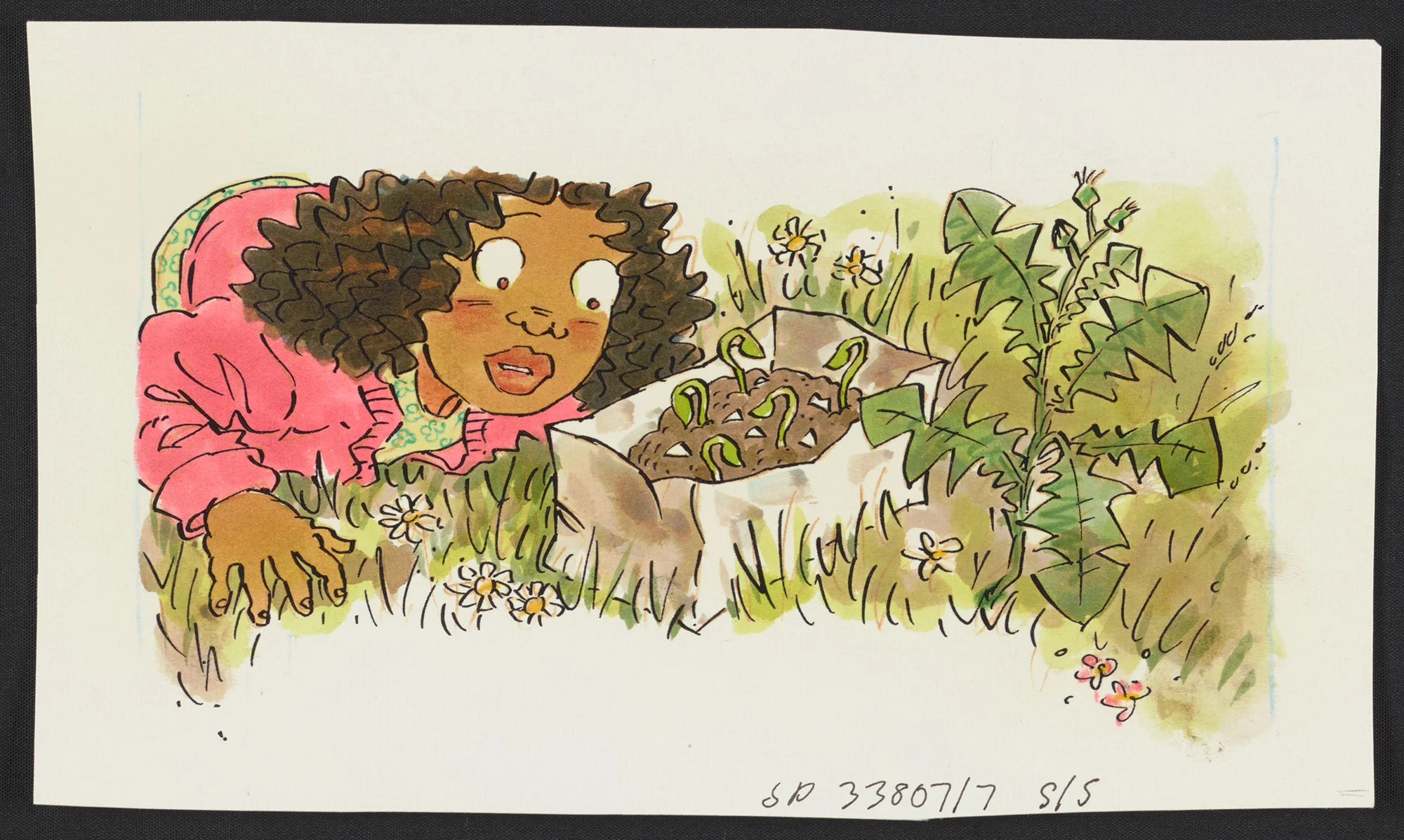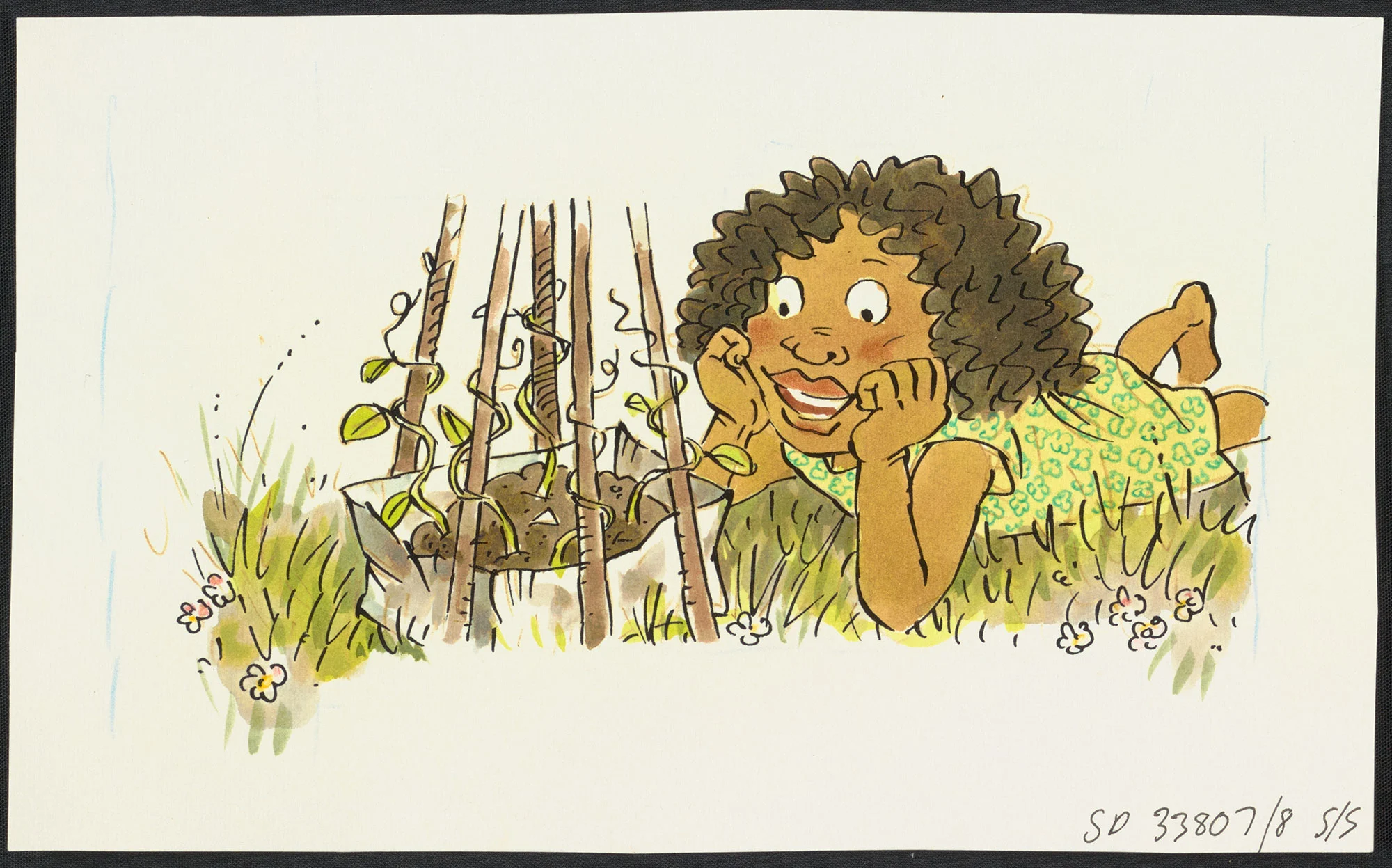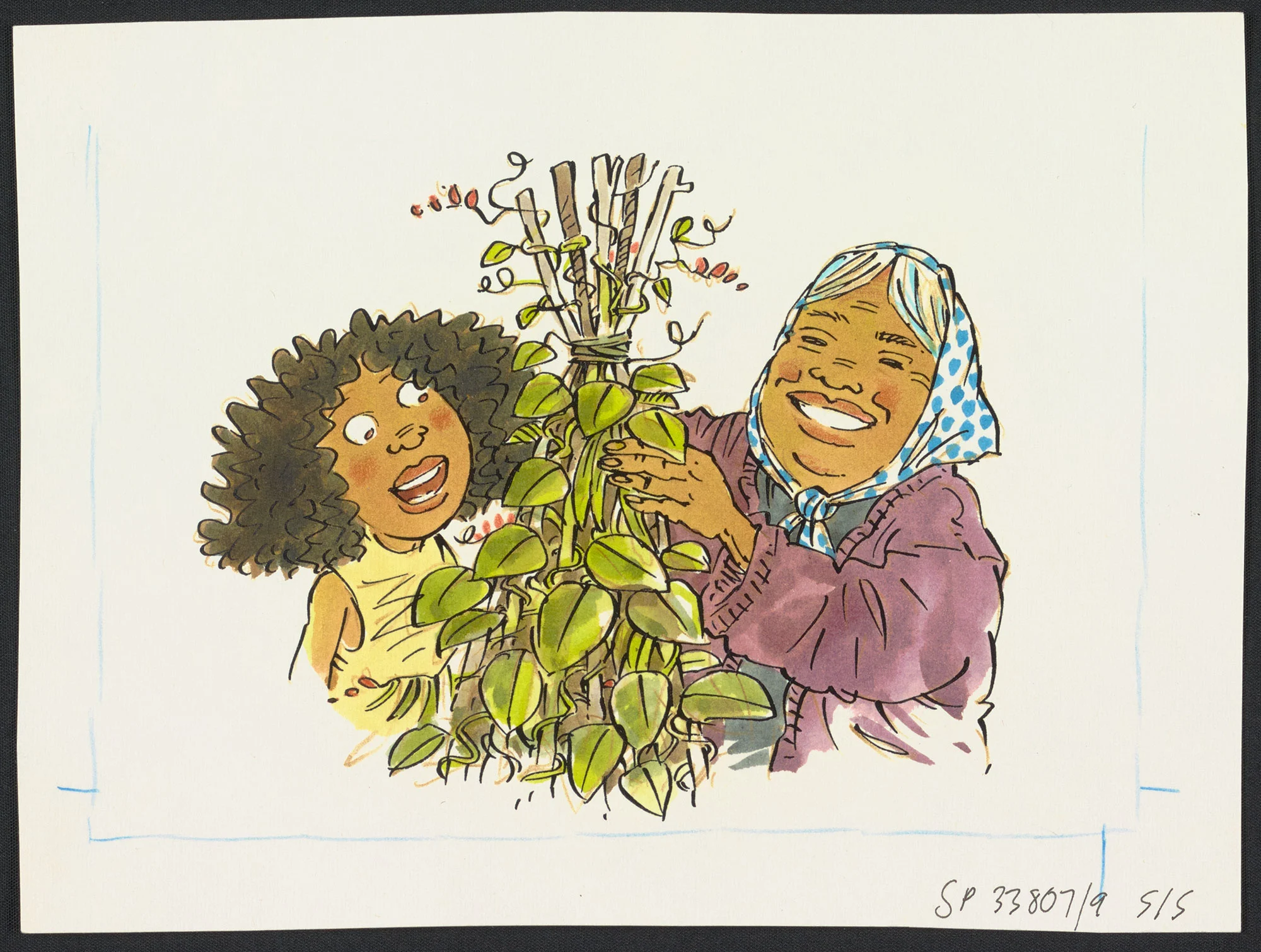Dick Frizzell
Dick Frizzell is one of New Zealand's most prominent and versatile artists. Known for its humour, his work often references the commercial world, pop culture and high-end art. He describes the ‘School Journal’ as “an unofficial history of New Zealand Art”.
Dick Frizzell was born in Auckland in 1943 and graduated from Ilam School of Fine Arts at Canterbury University between 1960 and 1963. After studying, he worked as a commercial artist in illustration, animation and advertising and was exhibiting as a painter by the early 1970s.
Since then, Frizzell’s practice has maintained a critical humour, mashing up images from the commercial world, popular culture and high-end art. Some of his more well-known artworks reference reinterpretations of the Four-Square man, Marvel comics, canned foods and more controversially, Māori tiki.
Alongside an interest in subjects that everyday Kiwis relate to, Frizzell believes that artists have a civic responsibility. This outlook was developed through his screen-printing practice and contributions to the ‘School Journal’. The first 5 illustrations depicted in the gallery below are his illustrations from the ‘Ready to Read’ book, ‘Horrakapotchkin’ (1983), these illustrate the story ‘Uncle Joe’ by Joy Cowley. These reflect a clear drawing style he used at the time, along with bold colours, which he has consistently employed in his art. These are then followed by a number of other illustrations by Dick Frizzell from other editions of the 'School Journal'. The final 8 illustrations are 'School Journal' illustrations from a story called, 'The Cake that Grew'.
Recalling his time illustrating for the ‘School Journal’ to writer Gregory O’Brien, Frizzell recounts how learning to draw everything at the size that the journal was printed (a cost saving method) saw his drawing skills improve. Describing the Journals as “an unofficial history of New Zealand Art”, he reflects that doing the job well means illustrating a story rather than trying to show how clever you are. “You quickly move on from all your fine art ‘classical training’...and fall back on the actual demands of the story…the clearest presentation of the ‘facts’.”
